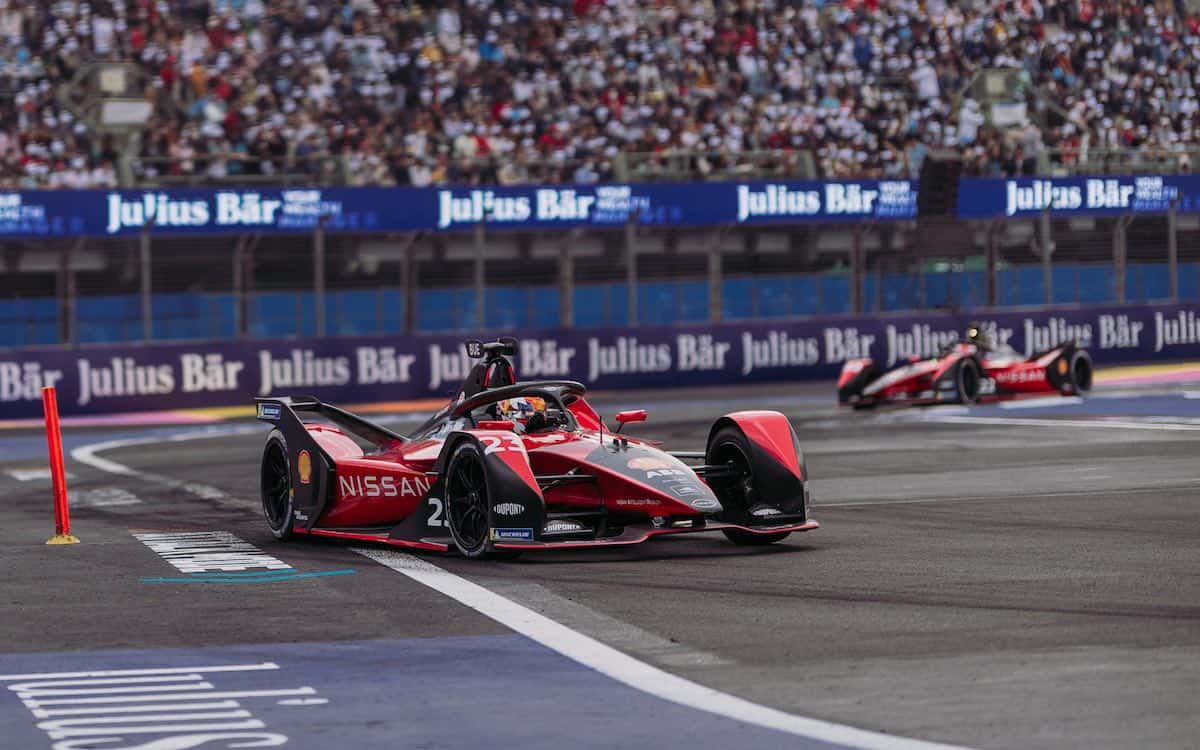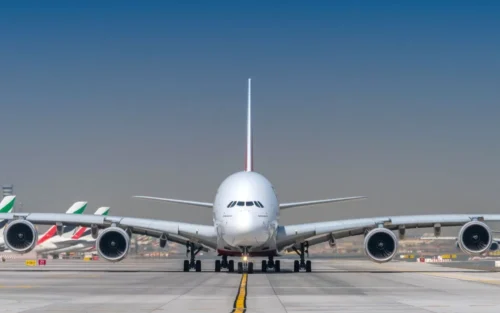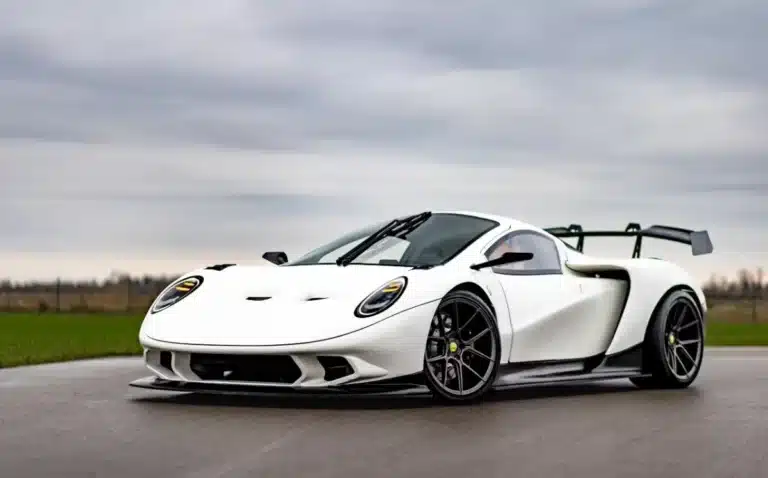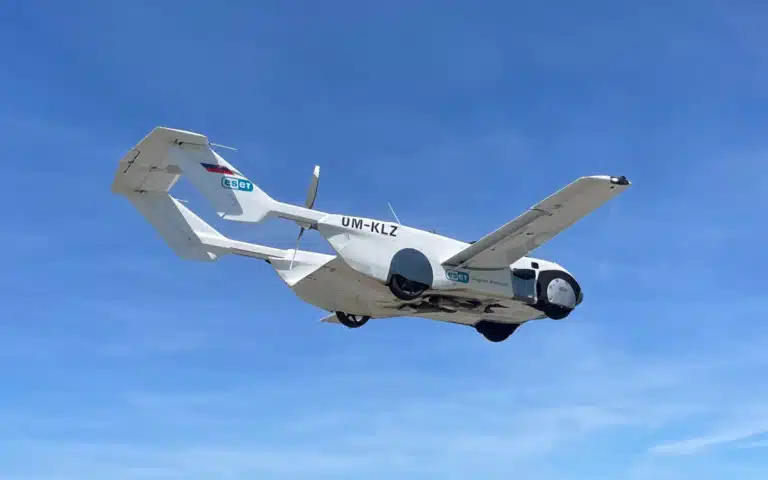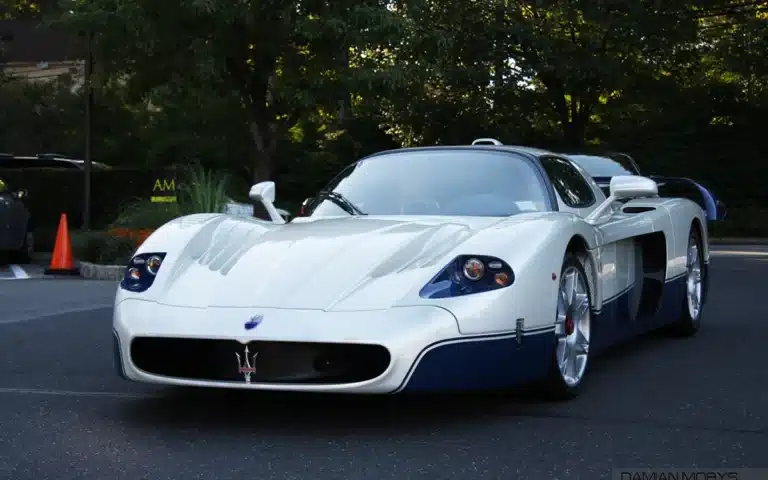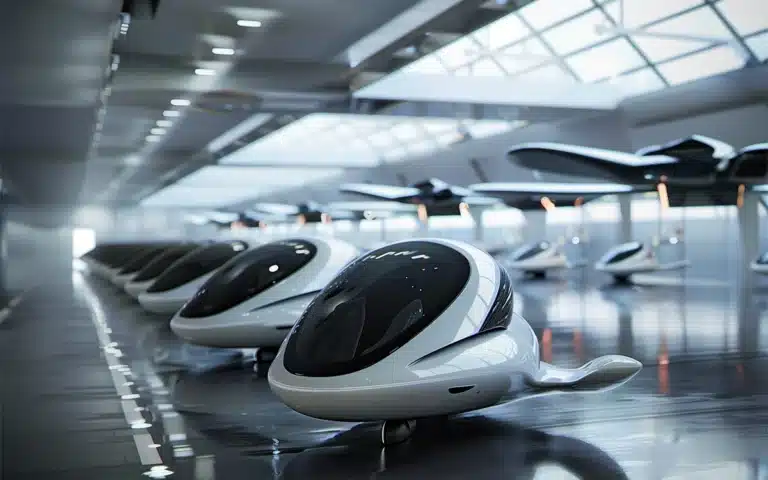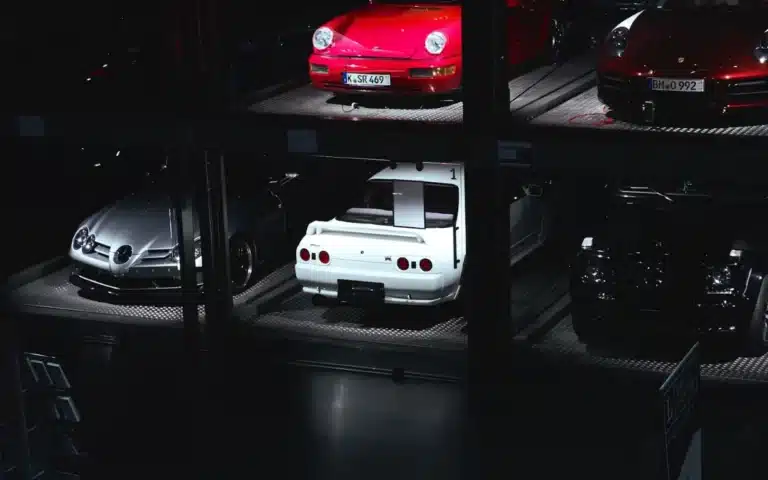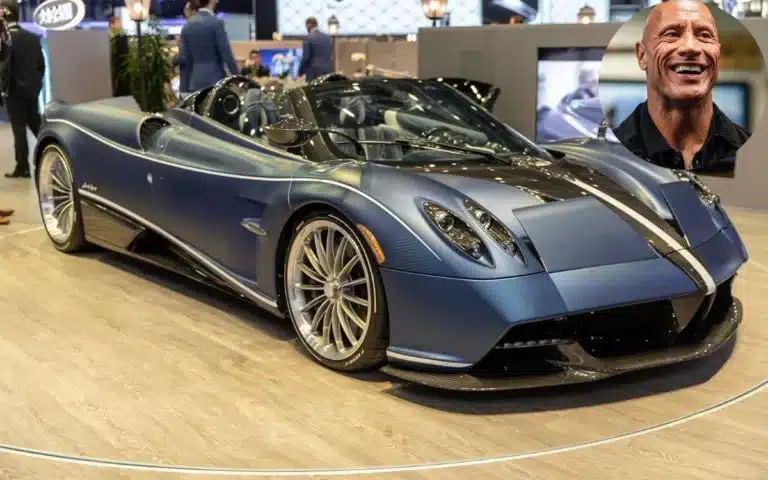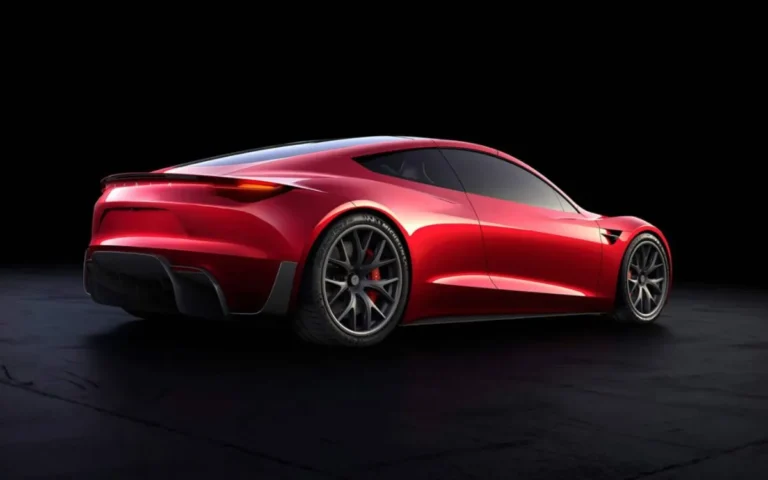Formula E is, in essence, the all-electric counterpart to Formula 1.
Using similarly-styled single-seater cars, the series has grown since its launch in 2014 to include 10 stops on the calendar.
Pitting elite drivers against each other in pure-electric racers, the series shows just what to expect in the world of motorsport as electric power becomes more widely adopted.
Wondering how it all works? Where you can catch the action? How fast the cars go? How long do they last on a single charge?
Read on to find out.
READ MORE: Extreme E: The future of racing is here – everything you need to know
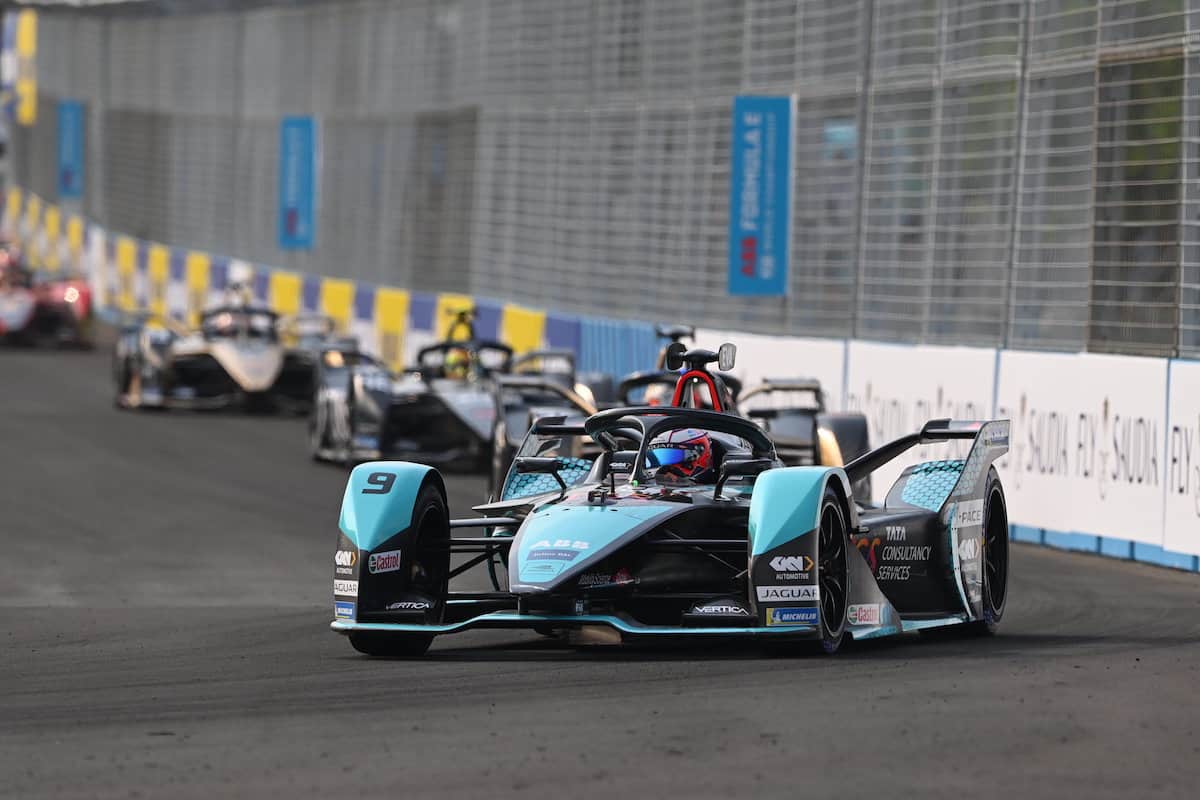
How does Formula E work?
Each Formula E ePrix race takes place on either a street circuit or racetrack measuring between two to four kilometers (1.24 to 2.5 miles) per lap.
Eleven teams with two drivers each currently compete in the series.
In each race, points are awarded to the 10 fastest drivers using the standard FIA system.
This awards 25 points to the winner, then 18, 15, 12, 10, eight, six, four, two and finally one point to the driver who came 10th.
Additionally, the driver who secures pole position in qualifying is awarded a bonus three points. The driver with the fastest lap time in the ePrix also gets one extra point.
A typical race day begins with two 30-minute qualifying sessions in the morning.
Qualifying then happens later in the day, with drivers split into two groups based on their position in the championship (odd and even).
Qualifying takes about an hour and works as follows:
- Each group gets a 10-minute session to set a fastest lap with power limited to 220kW
- The top four drivers in each group advance to the ‘duels’ stage, racing head-to-head with power at 250kW; there is a quarter-final, semi-final, and final in this format
- The winner of the final takes pole position in the race; race power is limited to 200kW
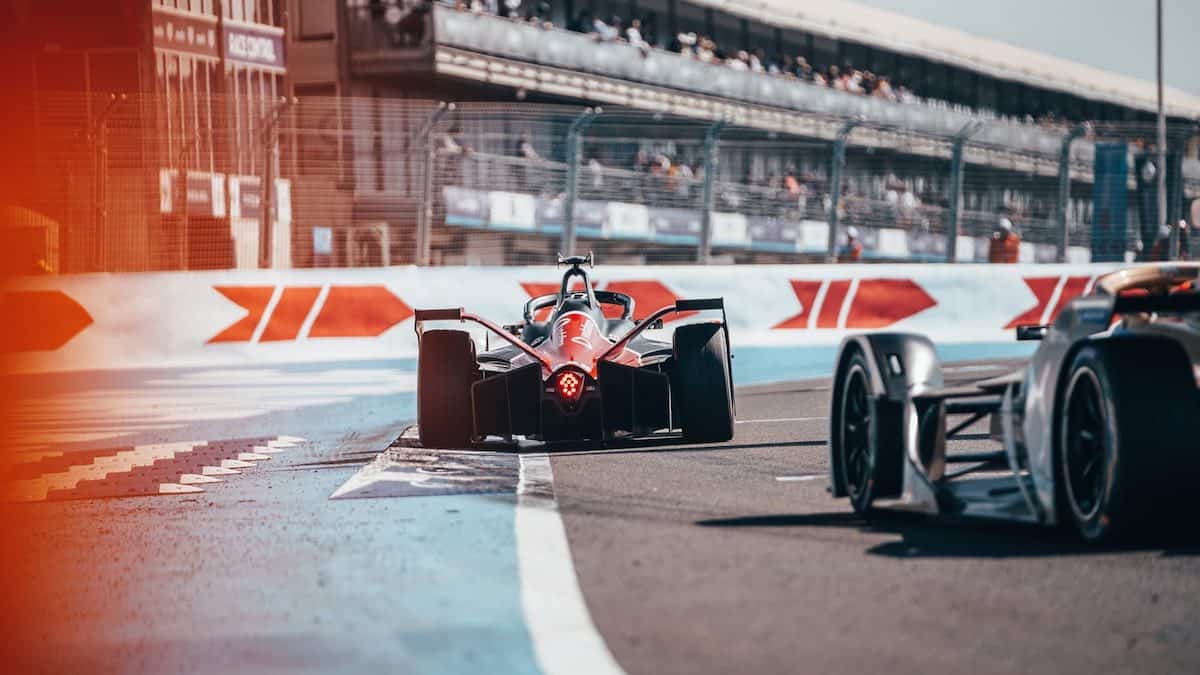
How long do Formula E cars last?
In Formula E races, the cars race for 45 minutes before completing one additional lap to determine the winner. This is different to F1 races which have a set number of laps.
While lap count is largely irrelevant, Formula E cars typically manage between 33 and 46 laps during a race; F1 races can last up to nearly 90 laps at some circuits.
Previously, cars would need to be switched out mid-race due to their limited battery lives.
However, 2022 sees the introduction of third-generation cars which are capable of ‘flash-charging’ at a rate of up to 600kW. This will allow for mid-race charging during pit-stops.
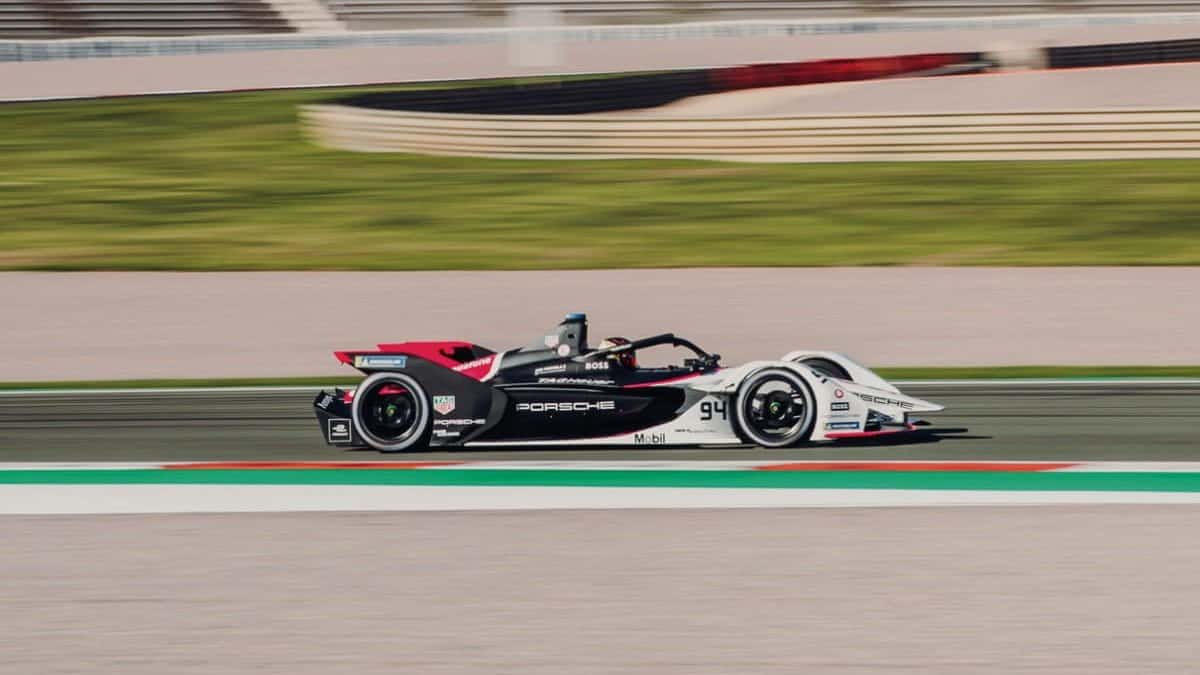
Is Formula E faster than F1?
Formula E cars are slower than F1 cars, although not by much. The top speed of a Formula E car is 280km/h (174mph), while for an F1 car it’s over 300km/h (186mph).
Acceleration is also slightly slower on Formula E cars, which get from 0-100km/h (0-62mph) in 2.8 seconds. Meanwhile, a Formula 1 car takes 2.6 seconds.
A Formula E race doesn’t last as long as an F1 race given the lower lap count. In that sense, at least, a Formula E race is faster.
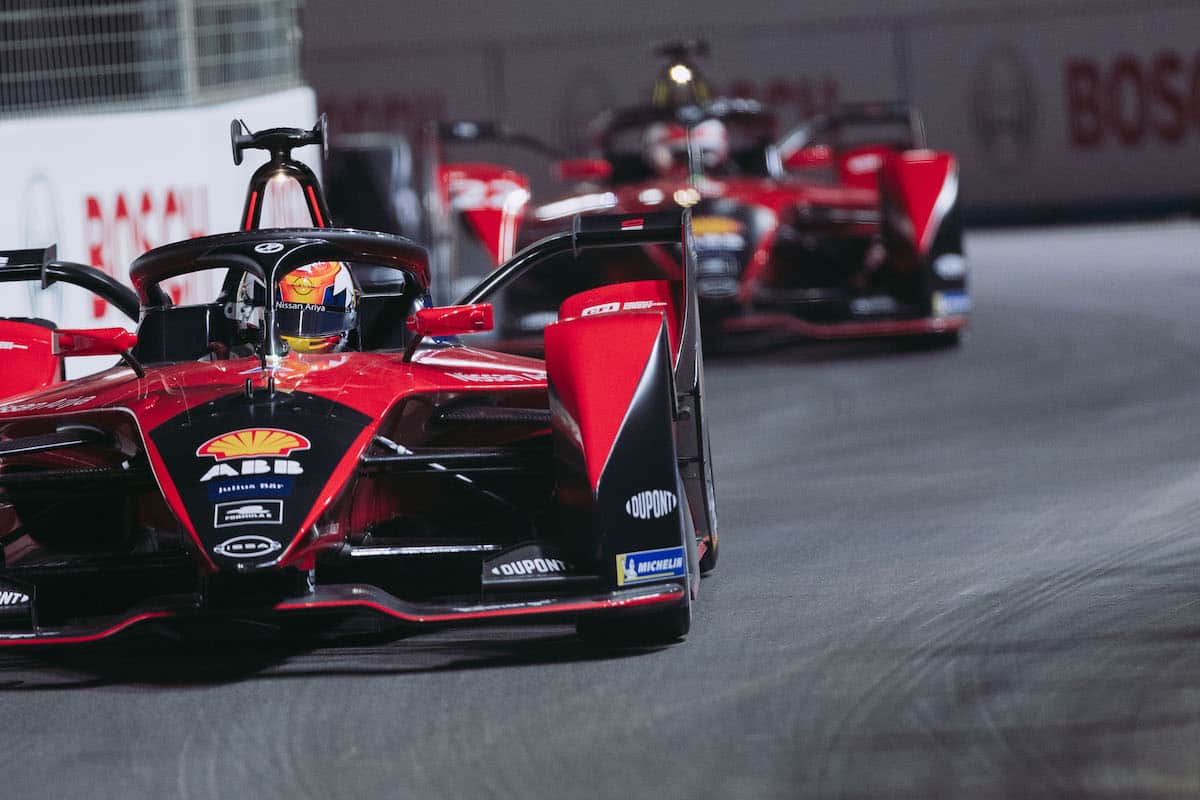
Formula E schedule
| Round | Location | Date |
| 1 | Diriyah, Saudi Arabia | January 28 |
| 2 | Diriyah, Saudi Arabia | January 29 |
| 3 | Mexico City, Mexico | February 12 |
| 4 | Rome, Italy | April 9 |
| 5 | Rome, Italy | April 10 |
| 6 | Monte Carlo, Monaco | April 30 |
| 7 | Berlin, Germany | May 14 |
| 8 | Berlin, Germany | May 15 |
| 9 | Jakarta, Indonesia | June 4 |
| 10 | Marrakesh, Morocco | July 2 |
| 11 | New York, United States | July 16 |
| 12 | New York, United States | July 17 |
| 13 | London, England | July 30 |
| 14 | London, England | July 31 |
| 15 | Seoul, South Korea | August 13 |
| 16 | Seoul, South Korea | August 14 |

Which teams and drivers compete?
The 11 teams and 22 drivers competing in the 2022 Formula E season are as follows:
| Formula E Team | Drivers | Driver Number | Driver Nationality |
| Andretti Autosport | Jake Dennis | 27 | United Kingdom |
| Andretti Autosport | Oliver Askew | 28 | United States |
| Dragon Racing | Sergio Sette Camara | 7 | Brazil |
| Dragon Racing | Antonio Giovinazzi | 99 | Italy |
| Jaguar Racing | Mitch Evans | 9 | New Zealand |
| Jaguar Racing | Sam Bird | 10 | United Kingdom |
| Mahindra Racing | Alexander Sims | 29 | United Kingdom |
| Mahindra Racing | Oliver Rowland | 30 | United Kingdom |
| Mercedes | Stoffel Vandoorne | 5 | Germany |
| Mercedes | Nyck de Vries | 17 | Netherlands |
| Nissan e.dams | Maximillian Gunther | 22 | Germany |
| Nissan e.dams | Sébastian Buemi | 23 | Switzerland |
| NIO Formula E Team | Oliver Turvey | 3 | United Kingdom |
| NIO Formula E Team | Dan Ticktum | 33 | United Kingdom |
| Porsche Team | Andre Lotterer | 36 | Germany |
| Porsche Team | Pascal Wehrlein | 94 | Germany |
| Techeetah | Antonio Felix da Costa | 13 | Portugal |
| Techeetah | Jean-Eric Vergne | 25 | France |
| Venturi | Lucas di Grassi | 11 | Brazil |
| Venturi | Edoardo Mortara | 48 | Switzerland |
| Virgin Racing | Robin Frijns | 4 | Netherlands |
| Virgin Racing | Nick Cassidy | 37 | New Zealand |
